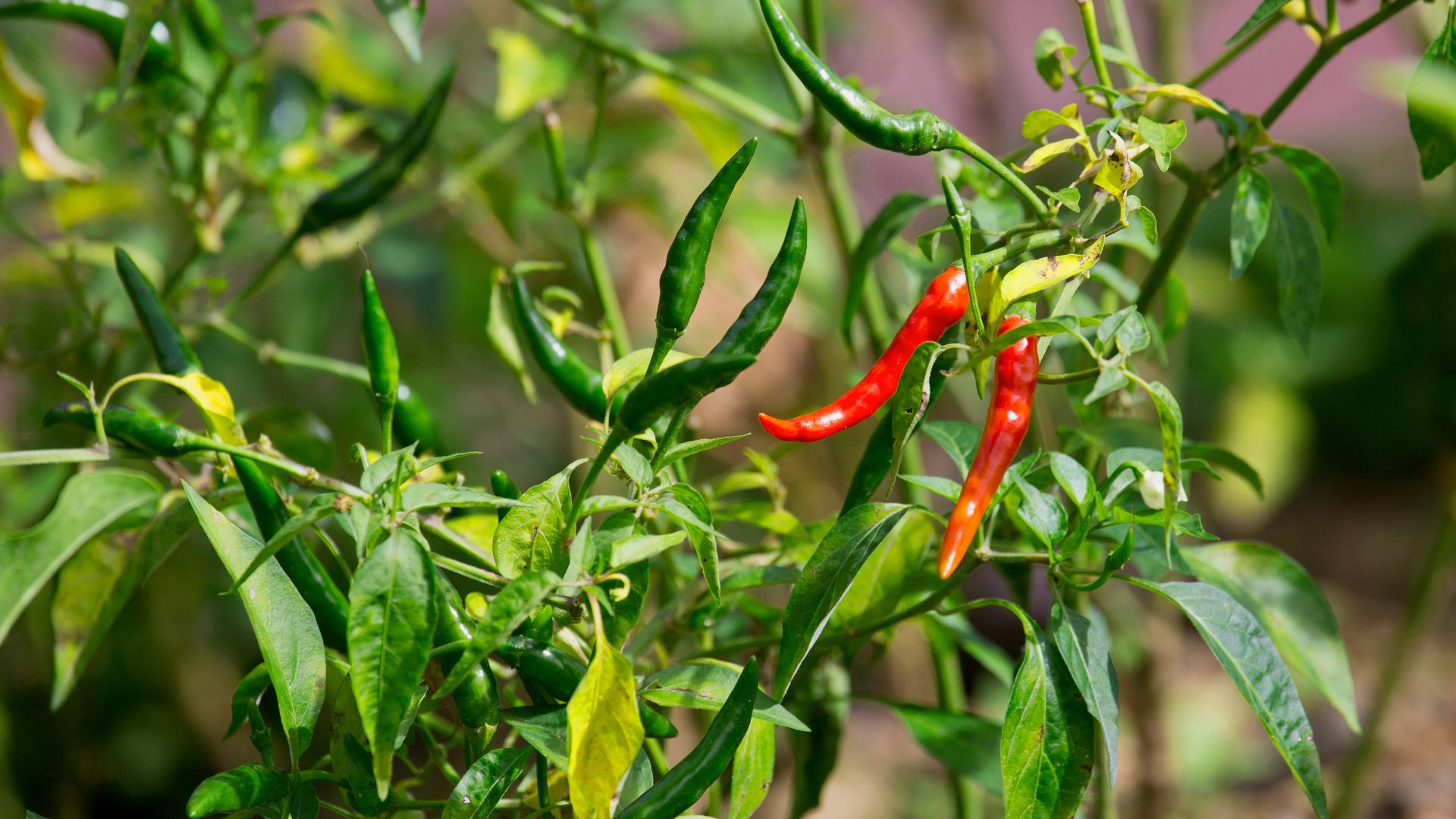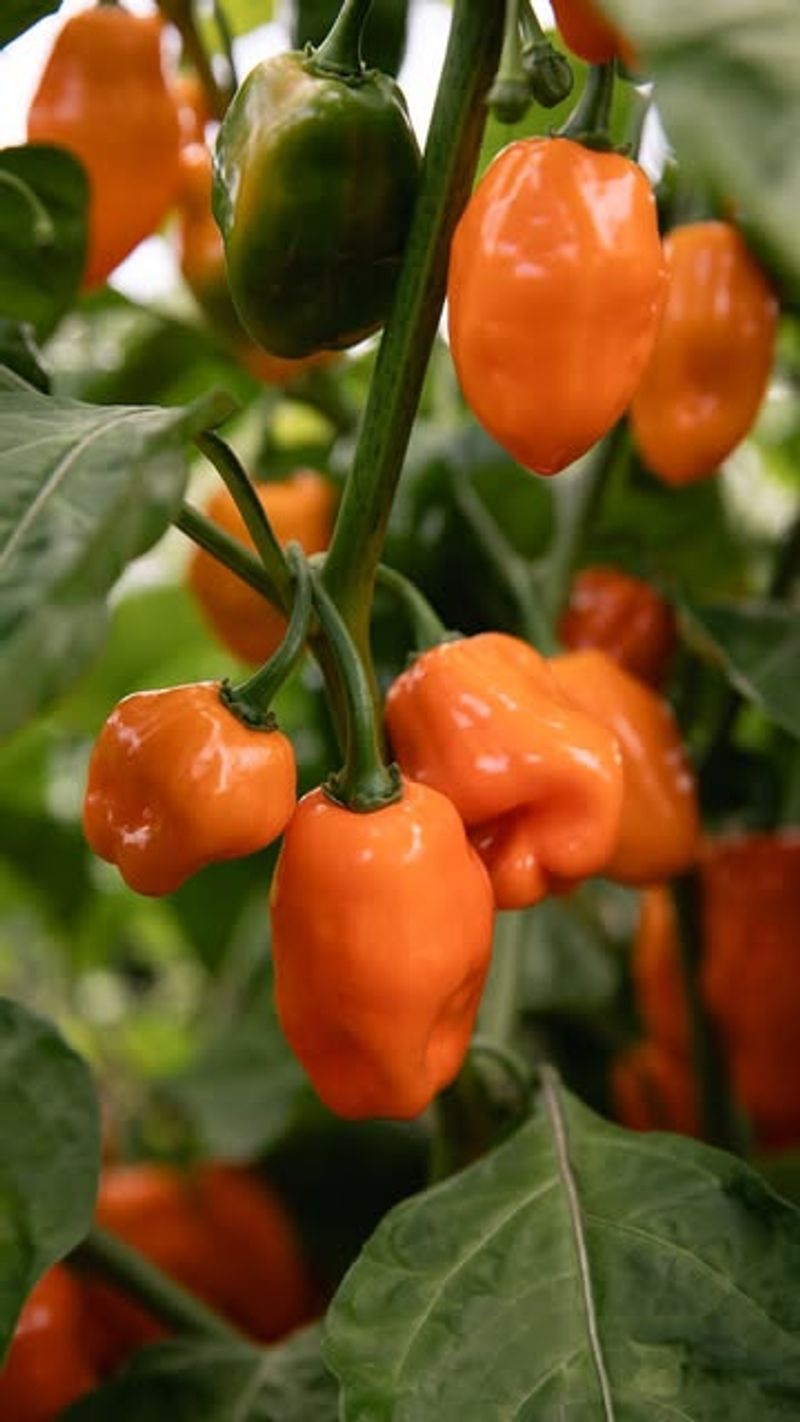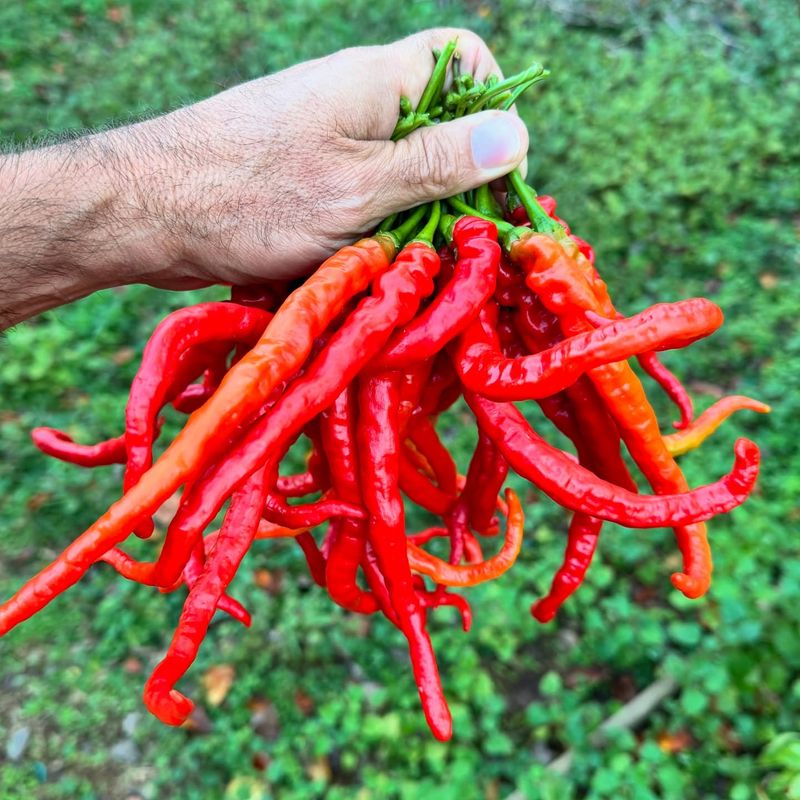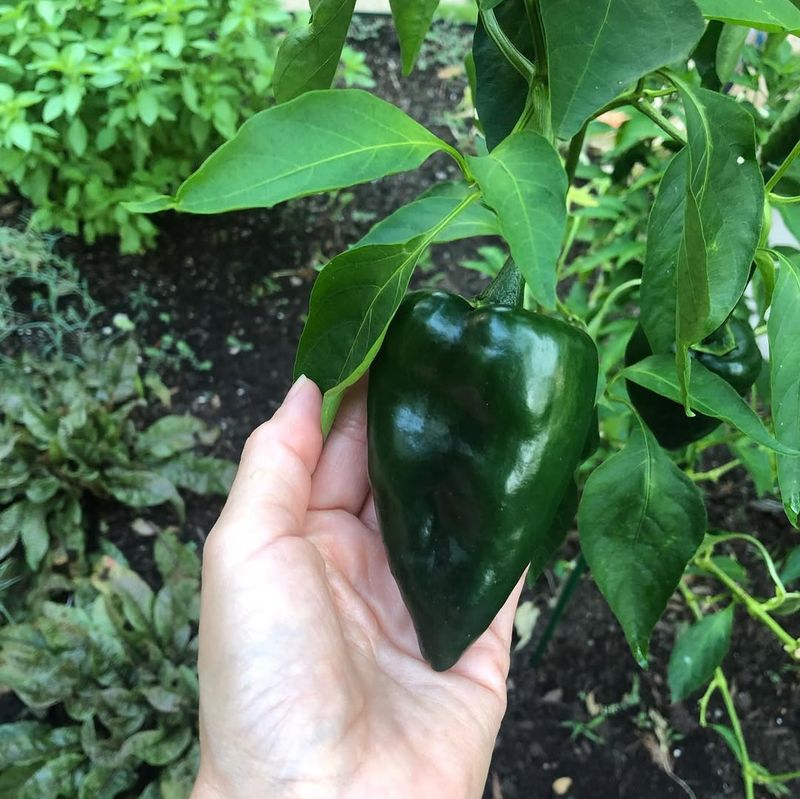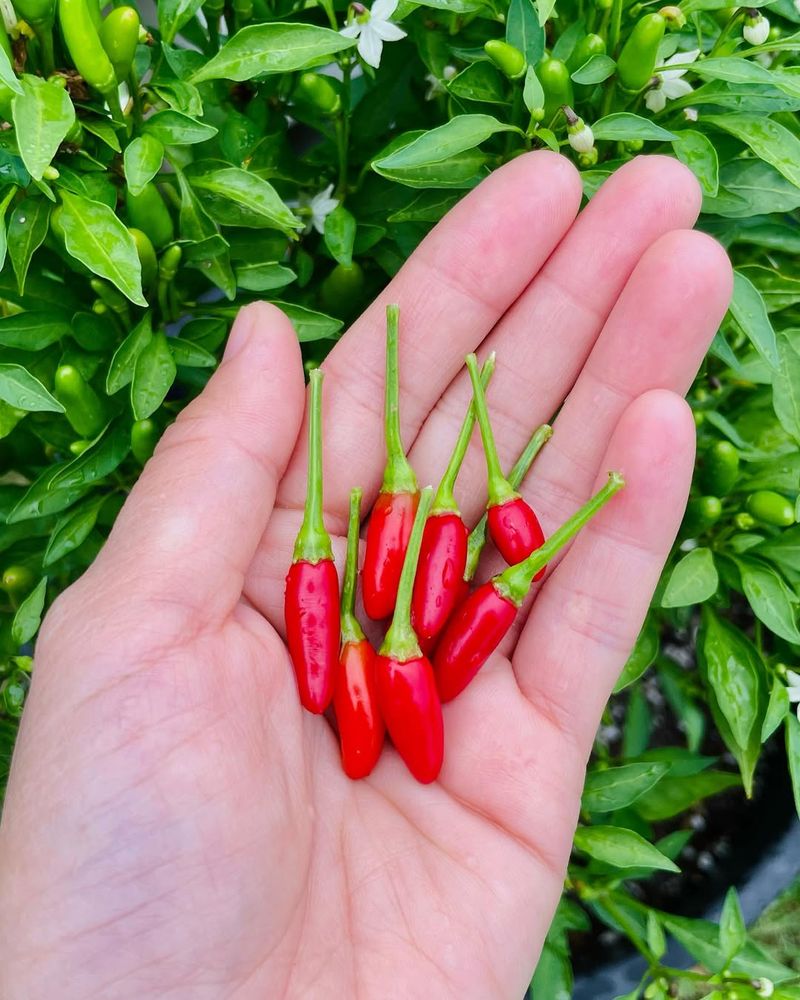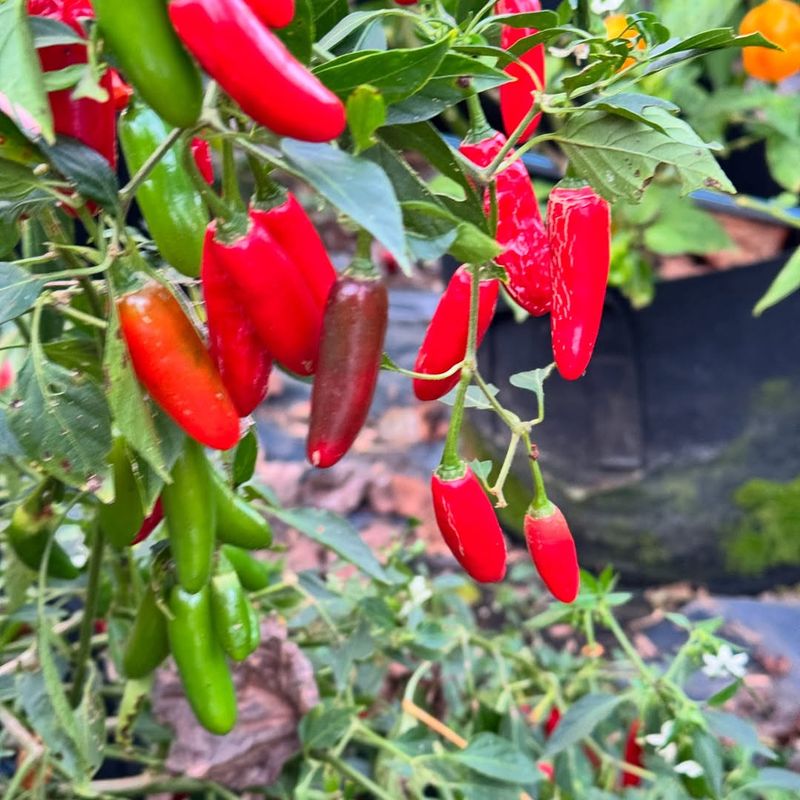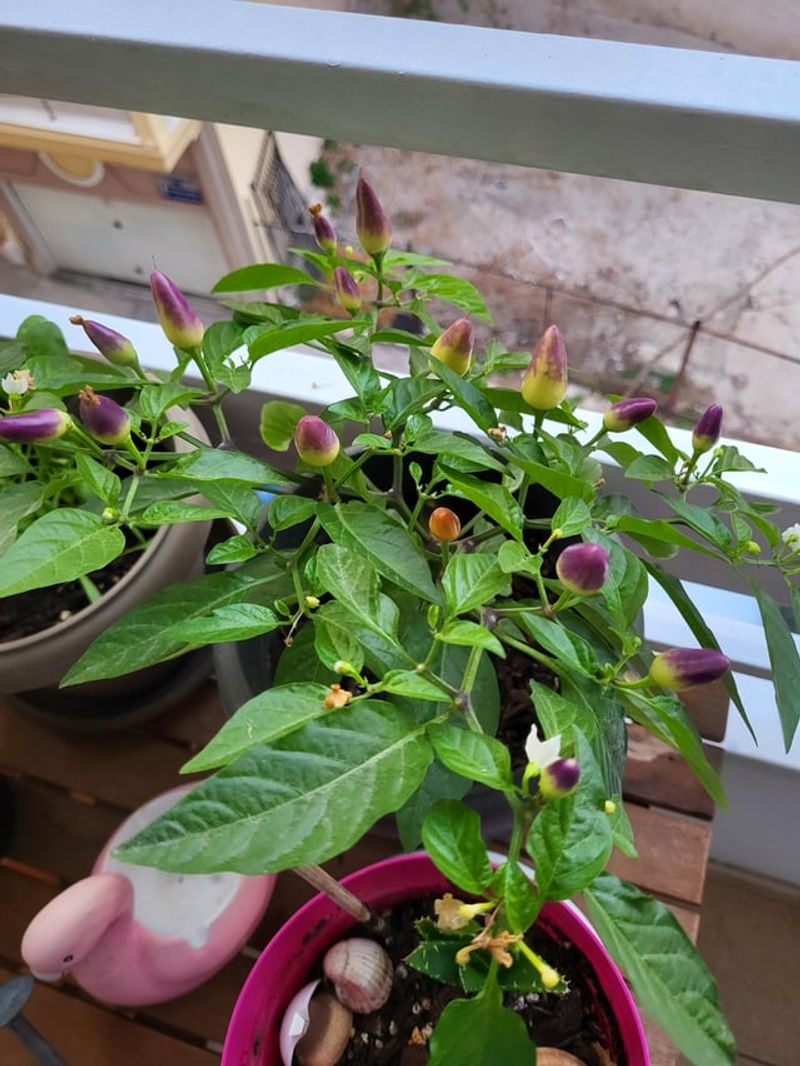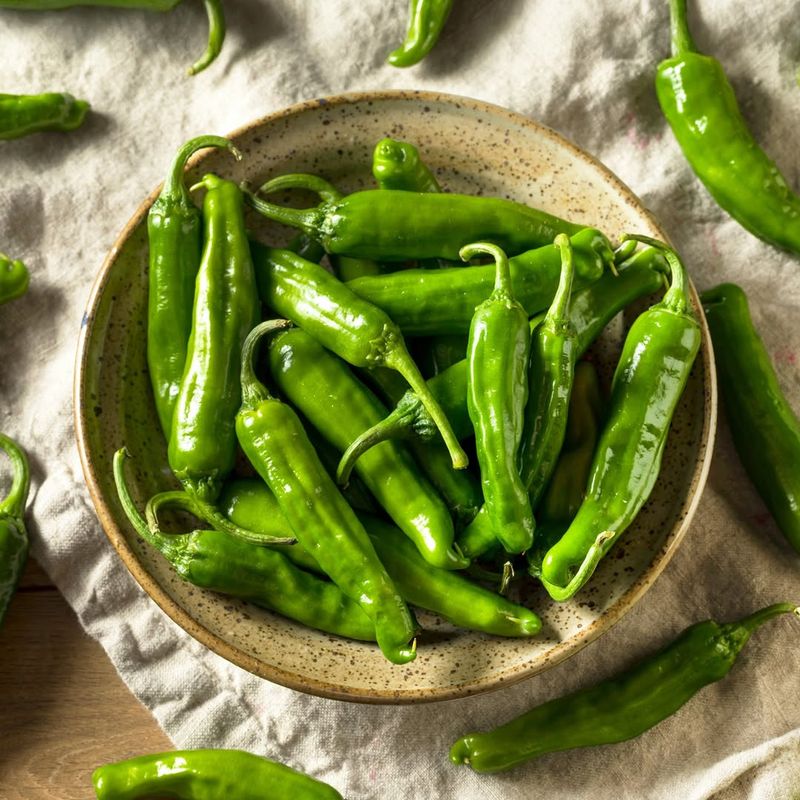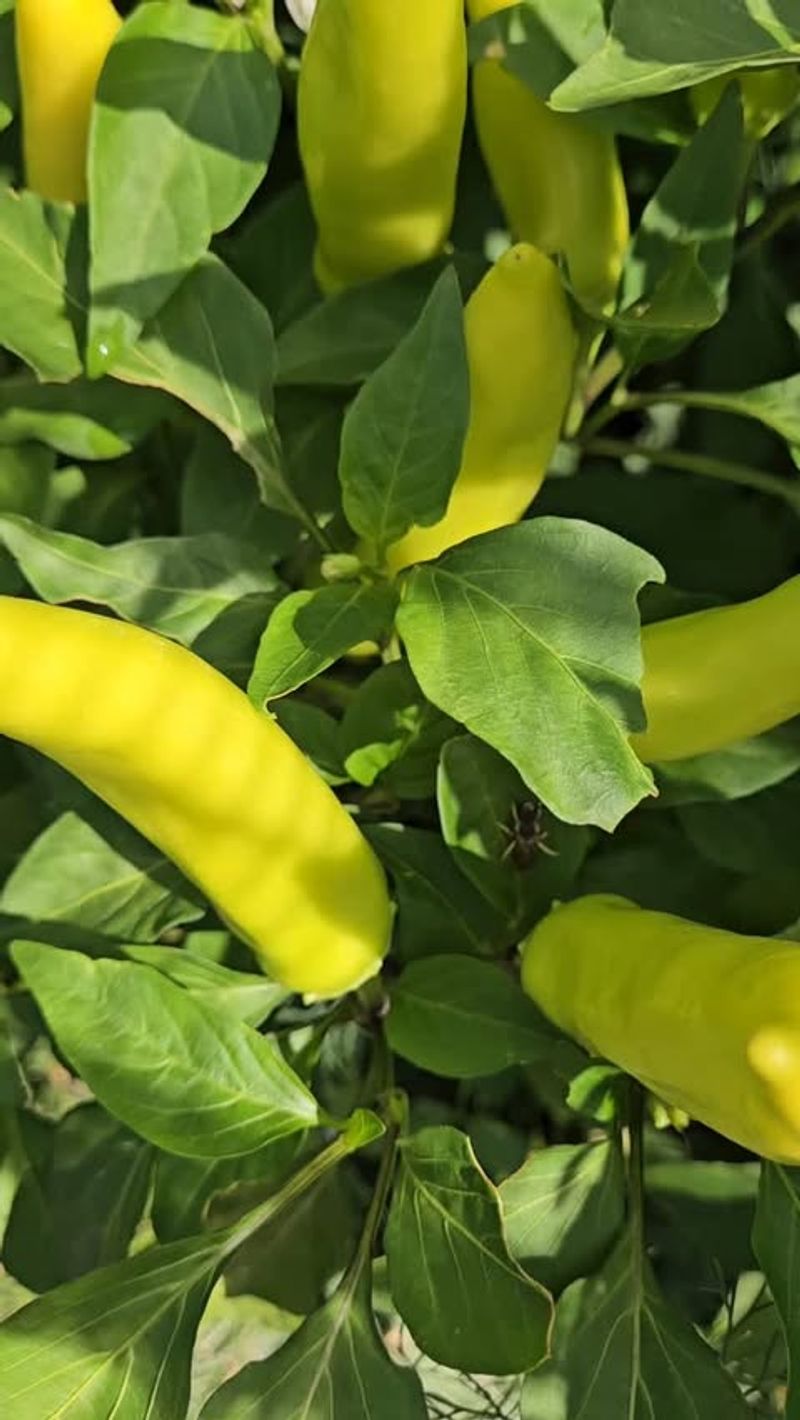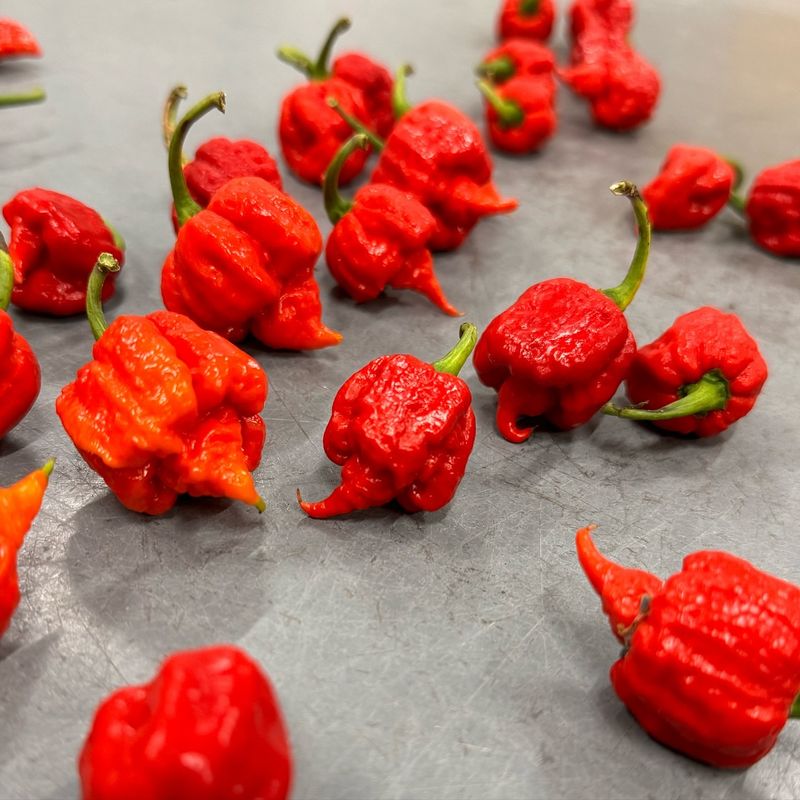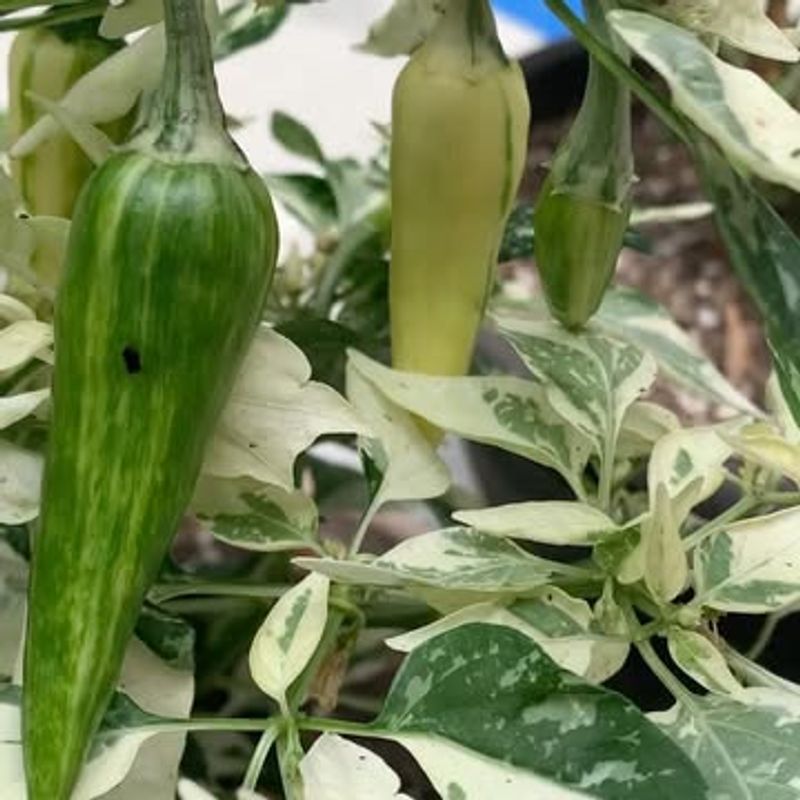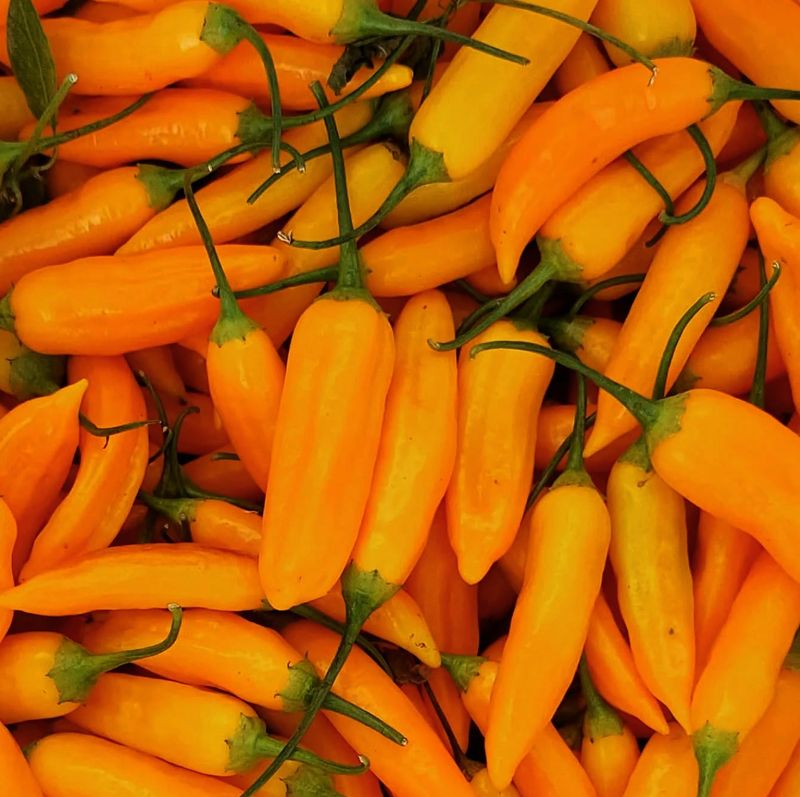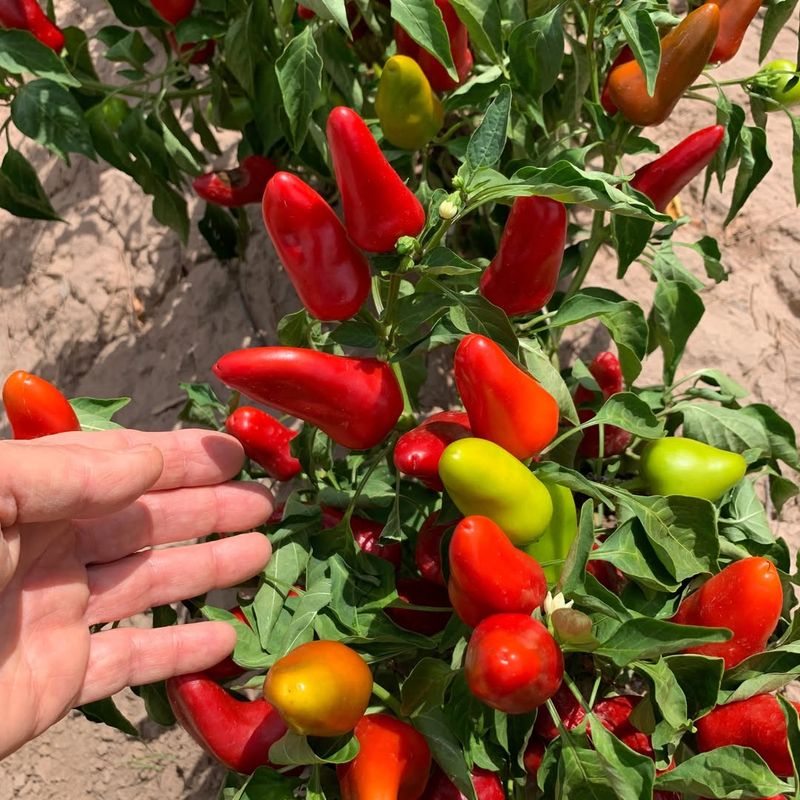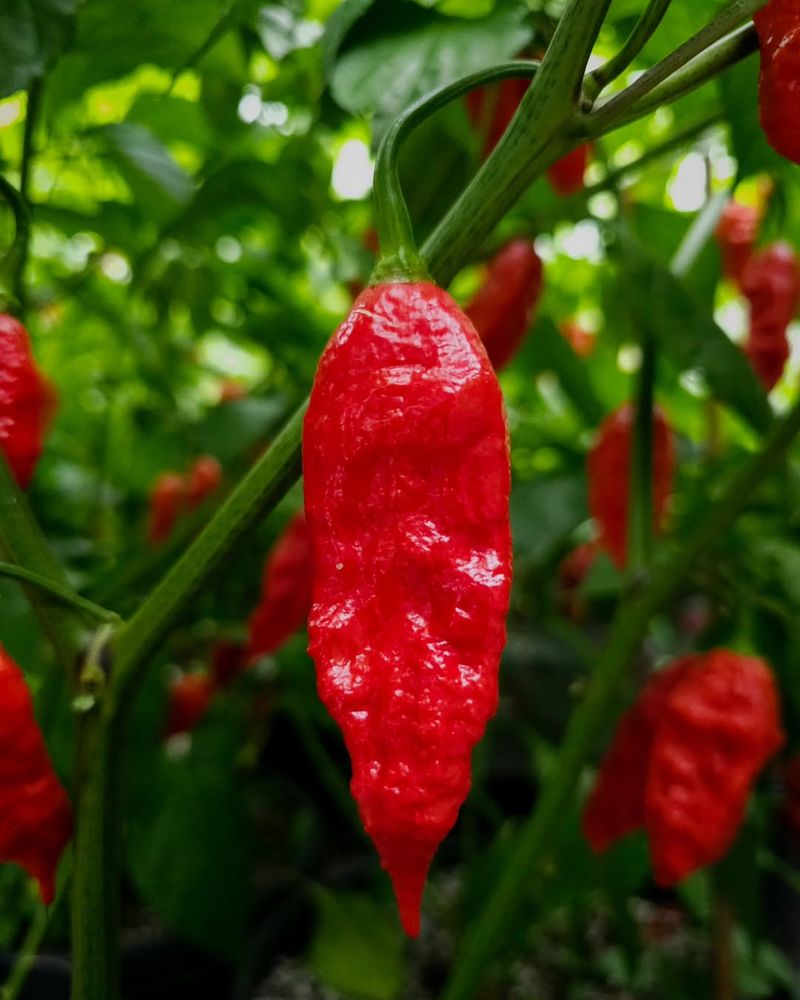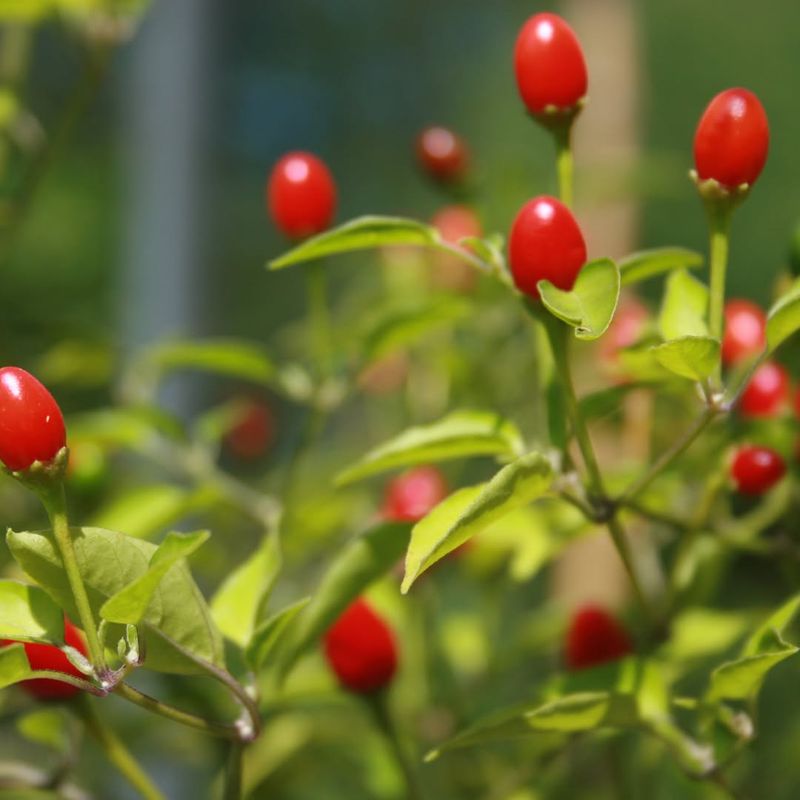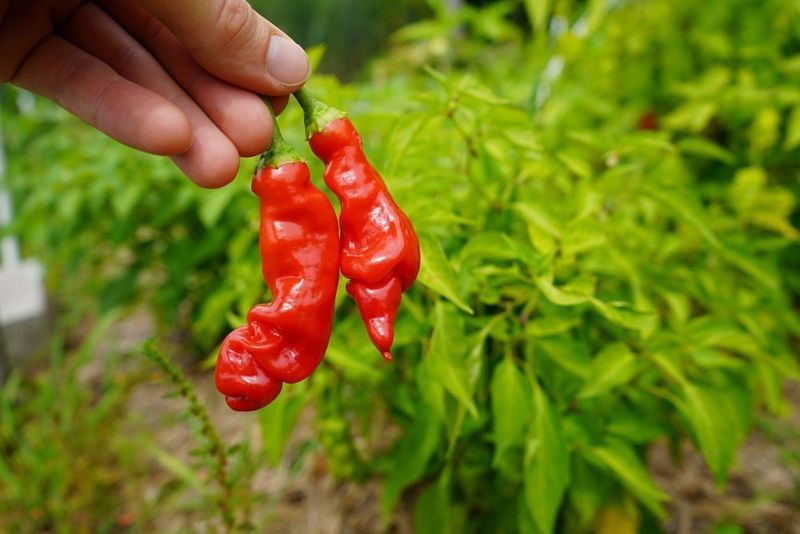Growing hot peppers at home is a real treat—there’s nothing like picking your own spicy pods to kick up your cooking. But not every pepper variety lives up to the hype.
Some peppers bring great flavor and grow easily, while others can be frustrating or underwhelming. I’ve put together a list of tried-and-true favorites worth planting this season—and a few to skip.
Whether you’re new to growing peppers or a seasoned gardener, this guide will help you make the most of your spicy harvest.
1. Jalapeño – The Reliable Kitchen Staple
Jalapeños remain the gold standard for home gardeners. They grow well in most climates and produce heavily even when other peppers struggle.
I’ve found they’re particularly forgiving of watering mistakes, which makes them perfect for busy gardeners. The medium heat level works in everything from salsa to stuffed poppers.
Most plants will give you 30-40 peppers over a season with minimal fuss – that’s serious bang for your garden buck.
2. Habanero – Tropical Heat Champion
Habaneros bring serious heat alongside their distinctive fruity flavor that store-bought versions rarely capture. These peppers love hot weather and reward patience with incredible productivity.
My plants typically hit their stride in mid-summer and keep producing until frost. The compact bushes rarely exceed two feet tall but can yield dozens of colorful, wrinkled fruits.
Start these indoors early – they need a long growing season to reach their full potential.
3. Cayenne – The Versatile Performer
Cayenne peppers grow like weeds in almost any garden condition. Their slender red fruits dry easily for homemade pepper flakes or powder that store beautifully all winter.
Each plant typically produces 20-30 peppers that turn from green to vibrant red. The thin walls make them perfect for quick drying.
I’ve found they’re among the first peppers to produce and the last to quit in fall, making them dependable even in shorter growing seasons.
4. Poblano – Mild and Meaty
Poblanos offer the perfect entry point for gardeners who enjoy peppers but don’t crave intense heat. Their thick, meaty walls make them ideal for stuffing or roasting.
The plants grow quite large – often 3 feet tall – and benefit from staking to support heavy fruit loads. When fully ripe, they turn deep red and can be dried to make ancho chiles.
Growing these has saved me countless trips to the grocery store during grilling season.
5. Thai Bird’s Eye – Compact Powerhouse
Thai peppers pack serious heat into tiny packages. The plants remain surprisingly compact, making them perfect for container gardening or small spaces.
A single plant can produce hundreds of small, upright peppers that transition from green to bright red. They’re particularly resistant to pests compared to other varieties I’ve grown.
Fresh or dried, these little firecrackers transform ordinary stir-fries into restaurant-quality dishes.
6. Serrano – The Salsa Garden Must-Have
Serranos deliver reliable heat with minimal growing challenges. They produce earlier than many hot varieties and continue fruiting until frost kills the plants.
The glossy, bullet-shaped peppers grow in clusters and maintain excellent flavor whether harvested green or red. Unlike some varieties, serranos rarely suffer from blossom end rot in my garden.
Each plant typically yields 40-50 peppers – more than enough for fresh salsas all summer long.
7. Tabasco – The Sauce Specialist
Tabasco peppers grow on attractive, bushy plants that can reach three feet tall. The small, pointed fruits start yellowish-green before turning orange and finally ripening to bright red.
These peppers have juicy flesh that’s perfect for hot sauce making. Unlike drier pepper varieties, they blend into smooth sauces without needing extra liquid.
My plants struggled until I started growing them in partial afternoon shade – they seem to appreciate protection from intense summer heat.
8. Shishito – The Mild Surprise
Shishito peppers offer a fun garden gambling experience – most fruits are mild, but occasionally you’ll bite into one with unexpected heat. The wrinkled, thin-walled peppers are best picked green and quickly blistered in a hot pan.
Plants produce heavily throughout summer with minimal care. They’re also more shade-tolerant than most peppers I’ve grown.
For container gardeners, shishitos are particularly rewarding – a single pot can yield dozens of snackable peppers.
9. Hungarian Wax – The Pickle Perfect Pepper
Hungarian Wax peppers deliver moderate heat in a versatile package. Their thick walls and large size make them excellent for stuffing, roasting, or pickling.
The plants show impressive cold tolerance, often producing earlier than other hot varieties. Yellow-green peppers eventually ripen to red but are typically harvested at the waxy yellow stage.
Last summer, just two plants provided enough peppers to make six pints of pickled rings that maintained their crunch beautifully.
10. Carolina Reaper – For Extreme Heat Seekers
Growing Carolina Reapers isn’t for the faint of heart – these officially rank among the world’s hottest peppers. The distinctive scorpion-tailed fruits develop slowly, requiring a long, warm season.
Despite their fearsome reputation, the plants themselves are quite beautiful, with dark green leaves and colorful fruits that ripen from green to deep red. A little goes an incredibly long way in recipes.
Handle with extreme caution – I learned the hard way that even garden gloves don’t always protect against the oils.
11. Fish Pepper – The Ornamental Edible
Fish peppers offer both beauty and flavor with their striking variegated foliage and creamy-striped fruits. Originally grown in African American communities around Chesapeake Bay, they add moderate heat to seafood dishes.
The compact plants look stunning in ornamental borders or containers. Peppers progress from striped cream and green to orange and finally red when fully ripe.
I’ve found they’re remarkably drought-tolerant once established, requiring less water than other varieties in my garden.
12. Aji Amarillo – Peruvian Sunshine
Aji Amarillo peppers bring South American flair to home gardens with their bright yellow fruits and distinctive flavor. The plants grow quite large – often over three feet tall – and benefit from sturdy support.
These peppers combine medium-high heat with a unique fruity flavor that’s hard to find in supermarkets. The long growing season pays off with dozens of peppers per plant.
Freezing the extras has worked better for me than drying, preserving both their color and distinctive taste.
13. Fresno – The Color-Changing Charmer
Fresno peppers resemble jalapeños but offer brighter color and slightly fruitier flavor. The conical peppers ripen from bright green to vivid red, adding visual appeal to gardens and recipes alike.
Plants produce heavily in hot weather and continue fruiting until frost. I’ve noticed they’re particularly resistant to common pepper diseases that plague other varieties.
For salsa making, these peppers hit the sweet spot of moderate heat and rich flavor without overwhelming other ingredients.
14. Ghost Pepper – The Heat Enthusiast’s Challenge
Ghost peppers (Bhut Jolokia) offer serious gardening credentials for heat lovers. These intensely hot peppers grow on relatively compact plants that produce wrinkled, pointy fruits.
Despite their fearsome reputation, the plants themselves are surprisingly easy to grow in warm climates. They prefer consistent moisture and benefit from afternoon shade in the hottest regions.
A little goes an extremely long way – one plant typically produces more than enough for a year’s worth of hot sauces.
15. Chiltepin – The Wild Struggler
Chiltepins might seem appealing with their wild heritage and intense heat, but they’re notoriously difficult in home gardens. The tiny, round peppers grow on rangy plants that take forever to produce meaningful harvests.
My plants barely yielded a handful of pea-sized peppers despite taking up significant garden space. They’re particularly susceptible to temperature fluctuations and moisture stress.
You’re better off buying dried chiltepins than dedicating precious garden space to these temperamental natives.
16. Peter Pepper – Novelty Without Reward
Peter peppers gain attention for their unusual anatomical shape, but the novelty wears thin when you realize how finicky they are to grow. The plants require perfect conditions and produce relatively few peppers compared to other varieties.
Despite following recommended care, my plants suffered from constant leaf drop and poor fruit set. The flavor doesn’t compensate for the growing challenges – they’re basically cayennes with a gimmick.
Save your garden space for peppers that deliver on both productivity and flavor.

